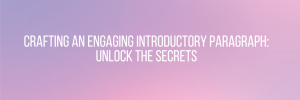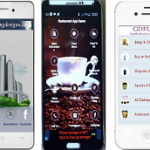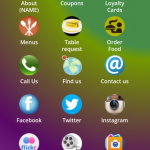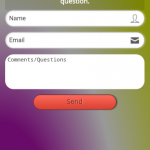
Well, fear not! The introductory paragraph is here to save the day. This crucial part of any piece of writing sets the tone and grabs the reader’s attention right from the get-go. In this article, we will explore the importance of crafting a captivating introductory paragraph that will leave your audience wanting more. Let’s dive in and discover the secrets to creating an engaging opening for your next writing endeavor!
Are you worried that your readers might lose interest before they even finish the first sentence? This crucial part of any piece of writing sets the tone and grabs the reader’s attention right from the get-go. It serves as the gateway to your entire work, providing a sneak peek into what lies ahead. In this article, we will explore the importance of crafting a captivating introductory paragraph that will leave your audience wanting more.
When it comes to crafting an engaging introduction, there are several key elements to consider. First and foremost, you need to introduce the topic of your writing clearly and concisely. Think of your introductory paragraph as a map that guides your readers through the rest of your essay or article. By clearly stating the main idea or focus of your piece, you provide your readers with a roadmap for what’s to come.
1. The purpose of the introduction paragraph is to serve what function? (Source: www.ref-n-write.com)
Your research paper starts with the opening paragraph. To attract your readers and draw them into your paper, the opening paragraph is where you want to focus. This usually takes up one or two paragraphs. The introduction section should provide the necessary background knowledge for readers to understand the motivation behind your experiments and appreciate your findings. The reader should have a clear understanding of your topic after reading your introductory paragraph.
Photo by Kelly Sikkema on Unsplash
2. Let’s discuss what a Hook is
Another important aspect of an effective introduction is the use of a hook. A hook is a compelling statement or question that grabs the reader’s attention and entices them to continue reading. To achieve this, you can present an interesting fact, share a personal anecdote, or pose a thought-provoking question.
Furthermore, it is crucial to include a thesis statement in your introductory paragraph. The thesis statement presents the main argument or point of view throughout your essay or article. It acts as a roadmap within a roadmap, guiding both you as the writer and your readers through the body of your work. A well-crafted thesis statement provides clarity and direction, ensuring that your readers understand the purpose and focus of your writing.
2.1. Example #1 of a hook (Source: www.ref-n-write.com)
To begin, here is an opening statement. Breast cancer is undeniably a devastating disease, and our mission is to affirm that. This statement lacks punchiness. Despite the seriousness of the situation, it is pretty bland and fails to convey it.
Now, let’s rewrite the statement using some statistics. Using numbers to put things into perspective, the readers will instantly understand how deadly breast cancer is when looking at this statement.
2.2. Example #2 of a hook
Here is an additional example. An opening statement about global warming. Here, there is nothing new. Most people are aware that global warming is detrimental.
Now, let’s frame this as a question with some facts and numbers. How about this? This sounds way better because it conveys the urgency of the situation.
To make your introductory paragraph even more engaging, consider providing some relevant background information or context.
This can help your readers understand the significance of your topic and why it is worth their time to read further.
However, be mindful not to overwhelm your readers with too much information at once.
Ultimately, an engaging introductory paragraph sets the stage for what’s to come in your essay or article.
It grabs your readers’ attention, introduces the main topic and thesis statement, and provides just enough information to pique their curiosity.
Crafting a captivating opening ensures that your audience is hooked from the very beginning, and eager to dive into the rest of your writing.
Happy writing!








